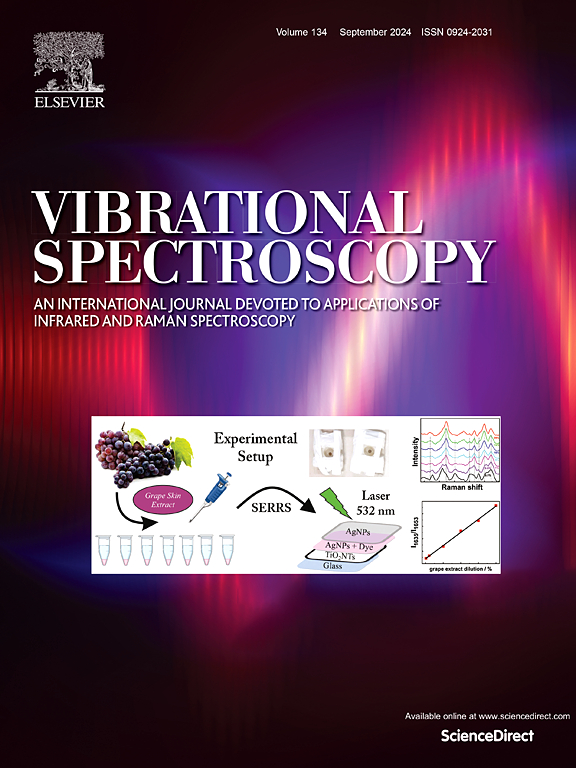用近红外光谱实时测定兽药混合均匀性
IF 3.1
3区 化学
Q2 CHEMISTRY, ANALYTICAL
引用次数: 0
摘要
本文提出了一种利用近红外光谱(NIRS)作为过程分析技术(PAT)实时评估粉末混合物混合均匀性的多元分析策略。所提出的方法,称为强度比(IR),监测与赋形剂和活性药物成分(API)对应的选定波长的光谱变异性。将该方法与已建立的统计策略进行比较,包括相对标准偏差(RSD)、f检验、标准差(SD)、PC评分距离分析(PC- sda)和符合性指数(CI)。在本研究中,活性药物成分(API)和赋形剂的二元混合物,以及三个工业批作为黄金批(GB),根据阶段2 ISPE[1]中描述的不同残留风险水平的批数的基本原理来建立模型,其中混合物的均匀性已在预定时间确定,并使用参考技术进行分析。高效液相色谱法。这些发现表明,基于pat的策略可以通过实时混合均匀性评估来提高制药效率,从而可能减少工艺时间和成本。特别是,当API的特征吸收峰可以可靠地监测时,红外方法提供了一种鲁棒和快速的替代方法。本文章由计算机程序翻译,如有差异,请以英文原文为准。
Real-time determination of blend uniformity in veterinary products using near infrared (NIR) spectra
This study presents a new multivariate analytical strategy for real-time assessment of blend uniformity in powder mixtures using Near Infrared Spectroscopy (NIRS) as a Process Analytical Technology (PAT). The proposed method, called the Intensity Ratio (IR), monitors spectral variability at selected wavelengths corresponding to the excipient and the Active Pharmaceutical Ingredient (API). The approach was compared to established statistical strategies, including Relative Standard Deviation (RSD), F-test, Standard Deviation (SD), PC Score Distance Analysis (PC-SDA), and Conformity Index (CI).
For this study, a binary mixture of an active pharmaceutical ingredient (API) and excipient, together with three industrial batches used as Golden Batch (GB), according to the rationale for the number of batches for different residual risk levels described on Stage 2, ISPE [1] have been used to build the model, where the uniformity of the mixture has been determined at a predefined time and the analysis has been carried out using the reference technique, High Performance Liquid Chromatography (HPLC).
These findings suggest that PAT-based strategies can improve efficiency in pharmaceutical manufacturing by enabling real-time blend uniformity assessment, potentially reducing both process time and cost. The IR method, in particular, offers a robust and fast alternative when a characteristic API absorption peak can be reliably monitored.
求助全文
通过发布文献求助,成功后即可免费获取论文全文。
去求助
来源期刊

Vibrational Spectroscopy
化学-分析化学
CiteScore
4.70
自引率
4.00%
发文量
103
审稿时长
52 days
期刊介绍:
Vibrational Spectroscopy provides a vehicle for the publication of original research that focuses on vibrational spectroscopy. This covers infrared, near-infrared and Raman spectroscopies and publishes papers dealing with developments in applications, theory, techniques and instrumentation.
The topics covered by the journal include:
Sampling techniques,
Vibrational spectroscopy coupled with separation techniques,
Instrumentation (Fourier transform, conventional and laser based),
Data manipulation,
Spectra-structure correlation and group frequencies.
The application areas covered include:
Analytical chemistry,
Bio-organic and bio-inorganic chemistry,
Organic chemistry,
Inorganic chemistry,
Catalysis,
Environmental science,
Industrial chemistry,
Materials science,
Physical chemistry,
Polymer science,
Process control,
Specialized problem solving.
 求助内容:
求助内容: 应助结果提醒方式:
应助结果提醒方式:


